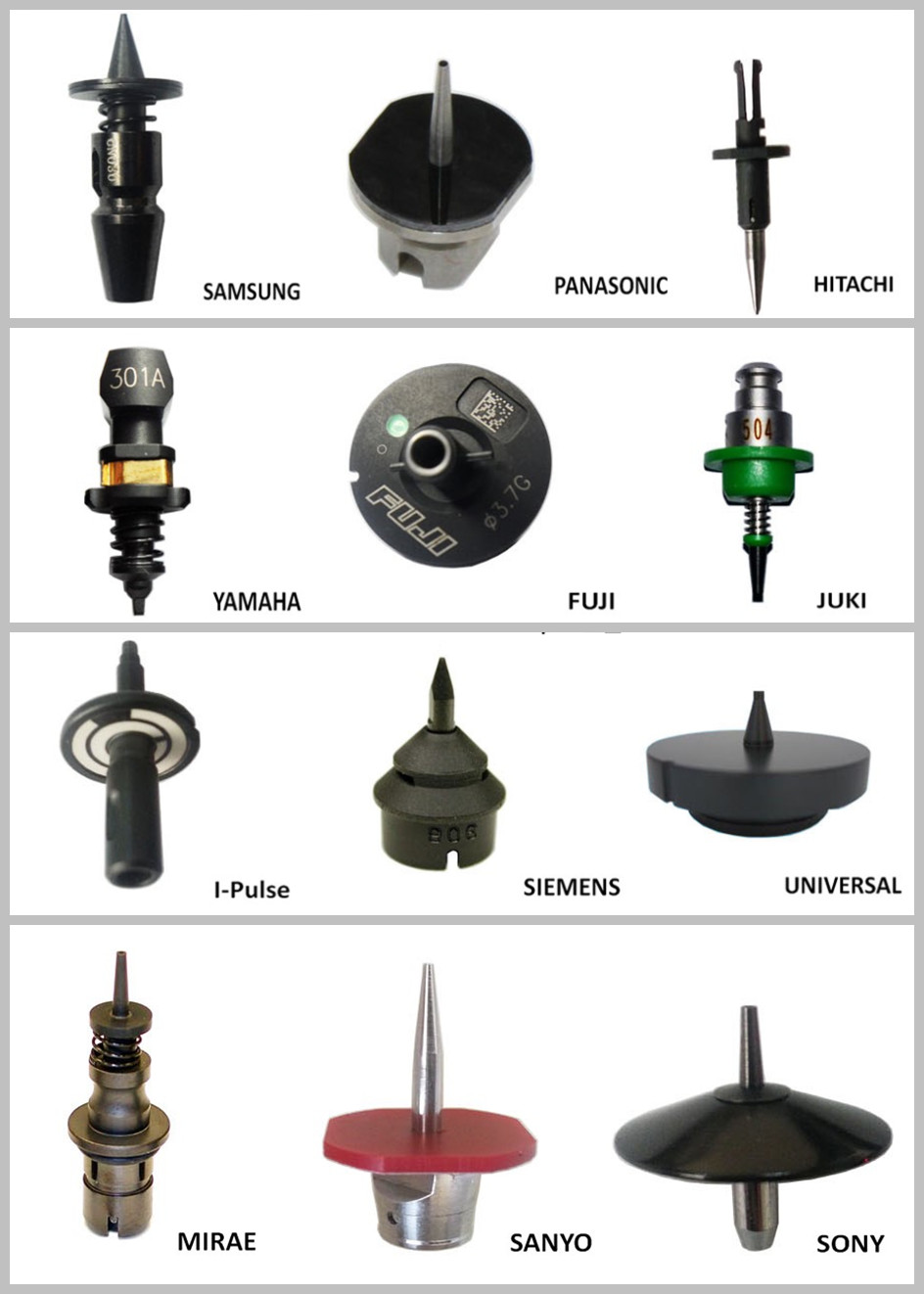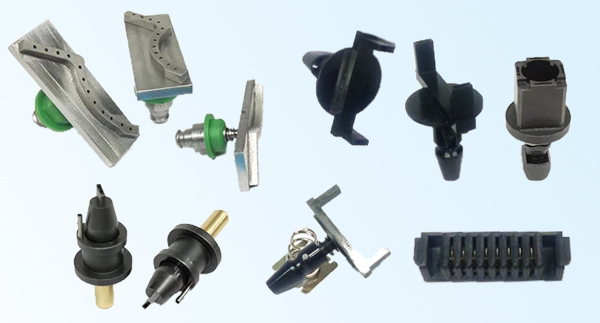1. Introduction Pressure transmitters are one of the most widely used measurement devices in the petrochemical industry. In large-scale chemical projects, almost all applications of pressure transmitters are included: differential pressure, absolute pressure, gauge pressure, high pressure, differential pressure, high temperature, low temperature, and far flanges of various materials and special processing. Pressure Transmitters. Take Yangzi BASF's styrene engineering as an example, it uses nearly 480 pressure transmitters of various types. At the project preparation stage, the experts and engineers of the project's preparation department hoped that all pressure transmitters could be reliably operated for at least 2 years without failure.
2. Requirements of pressure transmitters and requirements for pressure sensors in the petrochemical industry In the modern continuous production process, stable and reliable pressure transmitters are a powerful guarantee for the production process. In the event of a measurement error, even a shutdown failure, the resulting economic loss will be incalculable. The stability and reliability of pressure transmitters have become the primary demand for pressure transmitters in the petrochemical industry.
In general, pressure transmitter measurements drift as the operating environment and static pressure change. In some small pressure or differential pressure measurement occasions, this drift is likely to be more serious. Under different working conditions, obtaining the most accurate measurement, thus maintaining the stability of production and ensuring the consistency of the process, is a manifestation of the stability of the pressure transmitter and is also a requirement for the stability of the pressure transmitter in the petrochemical industry.
On the basis of stability and reliability, high precision is the higher demand for pressure sensors in the petrochemical industry. The accuracy of the control depends on the accuracy of the measurement during the control. The higher the measurement accuracy, the higher the control accuracy. At present, the accuracy of most pressure transmitters reaches 0.075%, which can meet the measurement accuracy requirements of the petrochemical industry.
In addition, the petrochemical industry has many other requirements for pressure transmitters. For example, increasing the range ratio can increase the flexibility of the pressure transmitter and bring convenience to design and application. When the design of certain reaction conditions in the process flow changes, for example, if the transmitter has a large turndown ratio, it means that it has good versatility, and the change of process conditions does not basically affect the model of the transmitter. Reduce the workload of design changes. At the same time, a large number of process ratios can reduce the types of transmitters used in the project, reduce spare parts inventory, and reduce the backlog of funds.
The demand for pressure transmitters in the petrochemical industry is mainly focused on reliability, stability, and high accuracy. Among them, reliability and many additional requirements, such as duty cycle, bus type, etc., depend on the structural design of the transmitter, the machining process level, and the structural materials. The stability and accuracy of the pressure transmitter are mainly ensured by the stability and accuracy of the pressure sensor. Corresponding to the measurement accuracy of the pressure transmitter is the measurement accuracy and the response speed of the pressure sensor. Corresponding to the stability of the pressure transmitter is the temperature and static pressure characteristics of the pressure sensor and the long-term stability. The demand for pressure sensors in the petrochemical industry is reflected in four aspects: measurement accuracy, rapid response, temperature characteristics and static pressure characteristics, and long-term stability.
The micro-pressure sensor is a new pressure sensor manufactured using semiconductor materials and MEMS technology. Compared with traditional pressure sensors, micro pressure sensors have the advantages of high precision, high sensitivity, good dynamic characteristics, small size, corrosion resistance, and low cost. The material of pure monocrystalline silicon is less fatigued and the long-term stability of the micro-pressure sensor manufactured using this material is good. At the same time, the micro-pressure sensor is easy to integrate with the micro temperature sensor, increasing the temperature compensation accuracy, and greatly improving the temperature characteristics and measurement accuracy of the sensor. If the two micro-pressure sensors are integrated, static pressure compensation can be realized, thereby improving the static pressure characteristics of the pressure sensor. It can be seen that the micro-pressure sensor has many advantages that traditional pressure sensors do not have and it can well meet the needs of the petrochemical industry for pressure sensors.
3. MEMS sensors and their structural analysis currently being used in the petrochemical industry 3.1 Fujifilm FCX-AII Series Pressure Transmitter In the second half of the 1980s, Fujitsu began selling smart transmitters. At present, more than 500,000 FCX series products have been applied in various industrial processes in the world. FCX series products adopt Fuji's original "advanced floating mold box" structure, which has excellent reliability and good performance. It is one of the pressure transmitters that are widely used in China's petrochemical industry.
Based on the FCX series pressure transmitters, Fuji Electric has developed FCX-AII series products. This series of products is also based on the "Advanced Floating Module" structure. In the sensor unit, a silicon microcapacitor sensor and a newly developed detection circuit (ASIC) are used to realize a high-precision sensor unit and temperature compensation based on dual temperature sensors. Units with an accuracy of 0.1% and long-term stability within 0.1% URL (measured for 3 years).
Fujitsu's silicon micro-capacitance sensor adopts a symmetrical differential capacitor structure. The electrodes of the upper and lower sensitive capacitors are drawn out through a conductive layer in the guide hole on the sensor. When the silicone oil fills the pilot hole, the external pressure acting on the floating die box is conducted by the silicone oil to the two ends of the sensor, and the extruded silicon wafer is deformed, thereby changing the space between the capacitor plates and causing the capacitance to change. Another role of silicone oil is to act as a dielectric between the capacitor plates.
The main body of the sensor is composed of monocrystalline silicon, and the side is an aluminum electrode, which is used to connect with the leads to transmit capacitive signals to the outside. The remaining components of the sensor's conductive components are gold. The three plates of the differential capacitor are insulated by ceramic material.
In the sensor capacitance detection circuit, Fuji Electric adopted an ASIC mixed with a digital/analog circuit to achieve not only high-speed detection, but also reduce the detection error caused by electromagnetic interference in the circuit, while improving the detection accuracy and long-term stability. reliability.
Another unique technology of the FCX-AII series transmitter is temperature compensation based on dual temperature sensors. The temperature sensor built in the sensor unit and the temperature sensor built into the electronic device compensate the temperature of the sensor portion and the circuit portion, respectively, to increase the temperature characteristics of the transmitter.
3.2 Siemens SITRAN SPDSIII series pressure transmitter adopts Siemens patented silicon sensor. DSIII series pressure transmitter is suitable for all kinds of pressure, differential pressure, absolute pressure and liquid level measurement. It uses a modular design consisting of a sensor unit and an electronic amplification unit. The sensor unit includes a differential pressure sensor, an absolute pressure sensor, and a temperature sensor. Through the absolute pressure sensor and temperature sensor, the static pressure characteristics and temperature characteristics of the differential pressure sensor are fully calculated and compensated in the full range, so that the DSIII series differential pressure transmitter has excellent static pressure characteristics and temperature characteristics.
DSIII series pressure transmitters have a 300-year failure rate and are designed for applications where high safety and reliability are required. Only one DSIII series pressure transmitter can obtain the same level of safety as two conventional transmitters. This means that the cost of installation, operation and maintenance is greatly reduced. The precision of DSIII series pressure transmitter can reach 0.075%, and the long-term drift in 5 years is less than 0.25% (measured for 1 year).
The DSIII series of smart differential pressure transmitters has a separate pressure measurement sensor and a unique center diaphragm that does not contribute to measurement. The pressure across the measuring element is transmitted to the silicon pressure sensor through the sealing diaphragm and the filling liquid. When the pressure exceeds the measurement limit, the overload protection diaphragm deforms until it is attached to the inner wall of the measuring element to protect the silicon pressure sensor from over-voltage damage. The central diaphragm structure, which does not contribute to the measurement, makes the DSIII series pressure transmitters with excellent overvoltage protection. Siemens silicon sensors use a piezoresistive structure design. The diaphragm is deformed due to the applied differential pressure, and the resistance of the four resistance strain gauges mounted on it is changed accordingly, and the output voltage of the bridge is changed in proportion to the pressure difference.
When performing absolute pressure measurements, DSIII series transmitters require the use of absolute pressure measuring elements. The measured pressure is transmitted to the absolute pressure sensor through the isolating diaphragm and the filling fluid, so that the measuring diaphragm deforms. The absolute pressure sensor adopts a piezoresistive structure design and the measurement principle is the same as that of the differential pressure sensor.
3.3 Domestic pressure transmitters Domestic pressure transmitters, such as Xi'an Jiaotong University Wiener Instrument Co., Ltd., have conducted a series of trials on the scientific research and industrialization of MEMS pressure sensors, and its production of WYB1 piezoresistive pressure changes. The transmitter adopts a semiconductor diffusion silicon pressure sensor and a special amplifying circuit. It has the characteristics of high precision, convenient circuit debugging, high reliability, and strong anti-interference ability. It also has an integrated structure, which facilitates the installation and use of the field, and is compact and beautiful. With a variety of junctions and a variety of lead ways.
4. Conclusion This article analyzed the petrochemical industry's need for pressure transmitters. Micro pressure sensors have many advantages that traditional pressure sensors do not have and they can meet the requirements of the petrochemical industry for pressure sensors. The MEMS pressure sensors currently used in the field of petrochemicals are introduced and their structural characteristics are compared. The performance of pressure sensors produced by domestic and foreign manufacturers is compared. It is clear that the key to the localization of pressure sensors is how to improve the long-term stability of sensors.
FUJI Nozzle
FUJI NOZZLE is suitable for Fuji SMT pick and place machines. According to the different SMT machines, the nozzles can be divided into FUJI NXT nozzle, FUJI XP nozzle, FUJI CP nozzle, FUJI IP nozzle, FUJI QP nozzle, FUJI GL dispensing nozzle and so on. We can supply all model FUJI NOZZLE, with high quality and good price.
We also supply Panasonic Nozzle, Yamaha Nozzle, ASM Nozzle , Juki Nozzle , Panasonic Nozzle, Samsung Nozzle, Hitachi Nozzle, etc.
We also provide nozzle customization service. If you need customized nozzle, please send us the samples or datasheets of the components such as LEDs, motors, connectors, ICs, labels and so on, usually the delivery lead time is 3-5 working days.


Fuji Nozzle,Cost Savings Fuji Nozzle,Custom Fuji Nozzle,Multi-Size Fuji Nozzle
ROC Precision Intelligent Technology Co., Ltd , https://www.electronic-smt.com